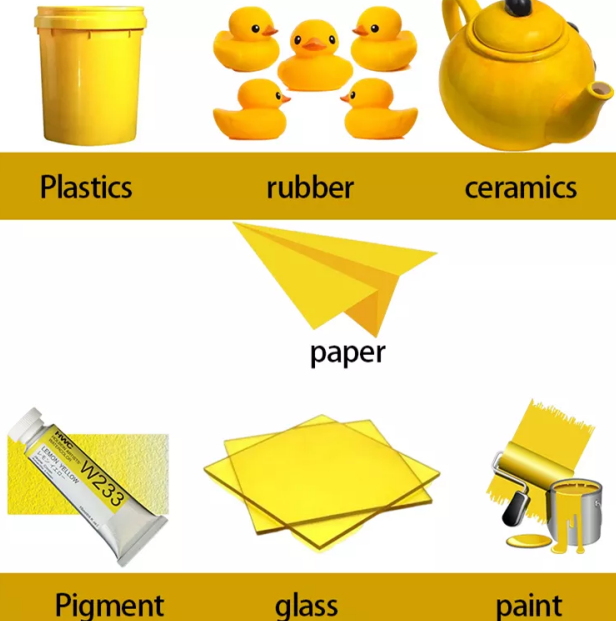
dec. . 21, 2024 19:40 Back to list
cas: 13463-67-7 titanium dioxide powder
Titanium Dioxide Powder Properties, Applications, and Safety Considerations
Titanium dioxide (TiO2), identified by its CAS number 13463-67-7, is a naturally occurring oxide of titanium that has become an essential material across various industries due to its unique properties. This white powder has excellent opacity and brightness, making it an ideal pigment for a multitude of applications, including paints, coatings, plastics, paper, and cosmetics. In this article, we will delve into the properties of titanium dioxide powder, its wide-ranging applications, and safety considerations associated with its use.
Properties of Titanium Dioxide Powder
Titanium dioxide is known for its remarkable brightness and cover strength, attributed to its high refractive index. The compound exists in three crystalline forms rutile, anatase, and brookite. Among these, the rutile form is the most stable and widely used due to its superior optical properties and resistance to weathering. In contrast, anatase is employed more for specific applications, such as photocatalysis.
Another vital characteristic of titanium dioxide is its non-toxic and non-reactive nature, which makes it suitable for a variety of applications, including those in food and personal care products. TiO2 has a high UV light absorption capability, which helps protect products like sunblock from harmful ultraviolet rays. Additionally, its stability at high temperatures adds to its versatility in different environments.
Applications of Titanium Dioxide Powder
1. Pigments The most common application of titanium dioxide powder is as a white pigment in paints, coatings, and inks. Its excellent hiding power allows it to cover surfaces effectively, providing high opacity that enhances product durability and aesthetic appeal.
2. Plastics In the plastics industry, titanium dioxide is used to enhance the whiteness and brightness of products such as PVC, polyethylene, and polypropylene. It also improves weatherability and adds durability to plastic materials.
3. Cosmetics Due to its non-toxic nature, titanium dioxide is frequently used in cosmetics and personal care products. It acts as a pigment in foundations, sunscreens, and powders, providing opacity and UV protection.
cas: 13463-67-7 titanium dioxide powder

4. Food Industry TiO2 is sometimes used as a food additive (E171) to enhance the white color of products like confectionery, dairy, and sauces. However, its use in food has come under scrutiny, leading to regulatory assessments in various countries.
5. Photocatalysis Titanium dioxide possesses photocatalytic properties, making it useful in environmental applications. It can be utilized in water treatment processes to degrade pollutants, as well as in self-cleaning surfaces that harness sunlight to break down organic contaminants.
6. Healthcare In the medical field, titanium dioxide is employed in dental materials and as a coating for various medical devices due to its biocompatibility and corrosion resistance.
Safety Considerations
While titanium dioxide is generally recognized as safe for use in numerous applications, safety concerns have been raised regarding its inhalation, particularly in the form of nanoparticles. Extended exposure to fine titanium dioxide dust can pose respiratory risks, and regulatory bodies are continuously evaluating its safety profiles in different contexts. As a result, the production and handling processes of titanium dioxide must adhere to stringent safety guidelines to minimize exposure risks for workers in industrial settings.
In response to these concerns, manufacturers are urged to develop safer alternatives and improve production practices to mitigate potential health impacts. Regulatory frameworks, such as those from the European Chemicals Agency (ECHA) and the U.S. Environmental Protection Agency (EPA), monitor the use of titanium dioxide in consumer products, ensuring that it meets safety and health standards.
Conclusion
Titanium dioxide powder, with its myriad properties and applications, plays a pivotal role in numerous industries, from construction to cosmetics. As manufacturers continue to innovate and explore its potential, it remains crucial to prioritize safety and regulatory compliance. Understanding the benefits and precautions associated with the use of titanium dioxide can help industries maximize its advantages while safeguarding health and the environment.
-
China Lithopone in China Supplier – High Quality Lithopone ZnS 30% Powder for Wholesale
NewsJun.10,2025
-
Top China Titanium Dioxide Company – Premium TiO2 Powder Supplier & Manufacturer
NewsJun.10,2025
-
Fast Shipping 99% Pure TiO2 Powder CAS 13463-67-7 Bulk Wholesale
NewsJun.10,2025
-
Top China Titanium Dioxide Manufacturers High-Purity R996 & Anatase
NewsJun.10,2025
-
Lithopone MSDS Factories - Production & Quotes
NewsJun.10,2025
-
High-Quality Titanium Dioxide in Water Suppliers - China Expertise 60
NewsJun.09,2025
